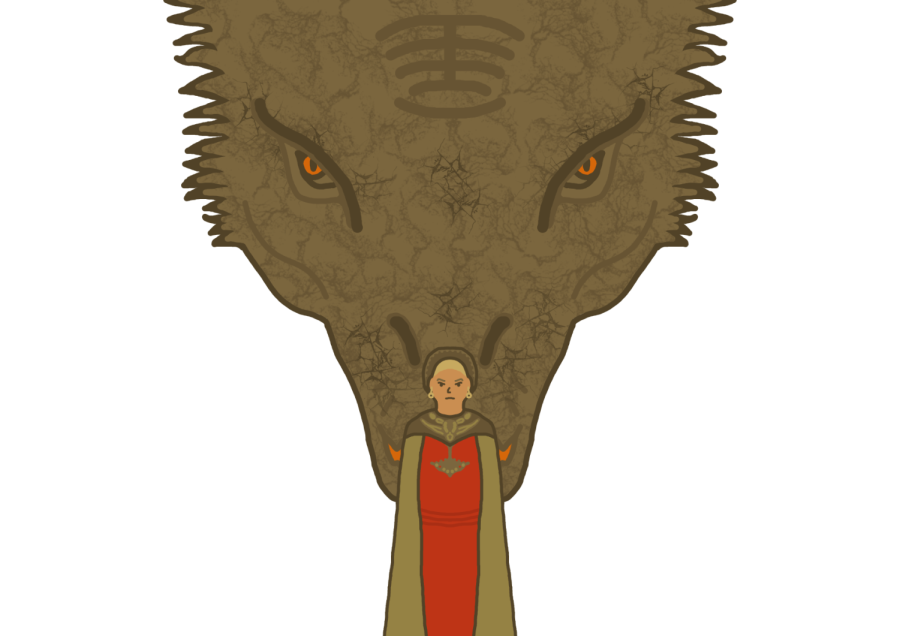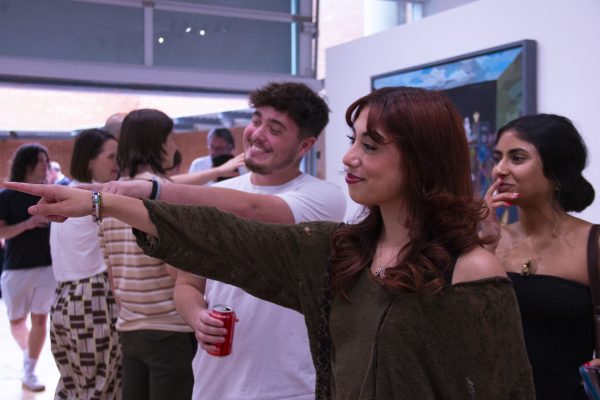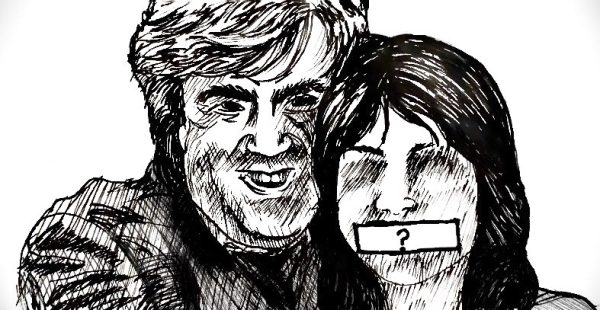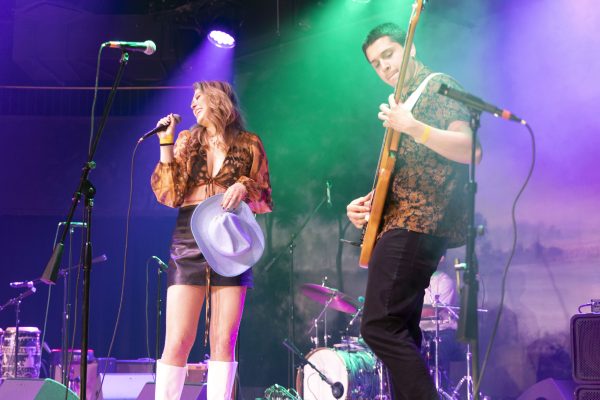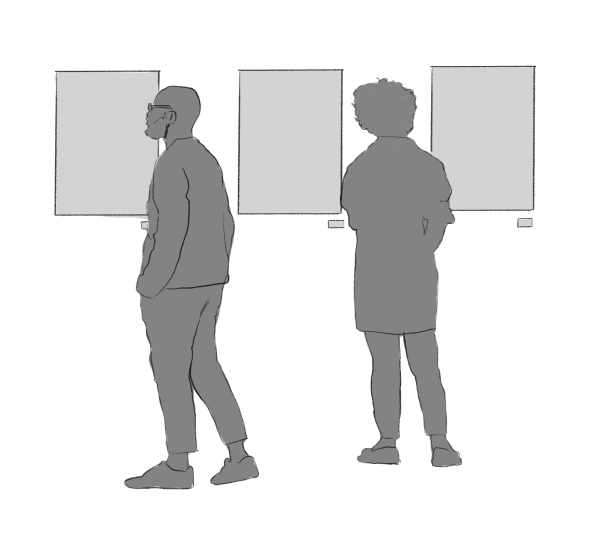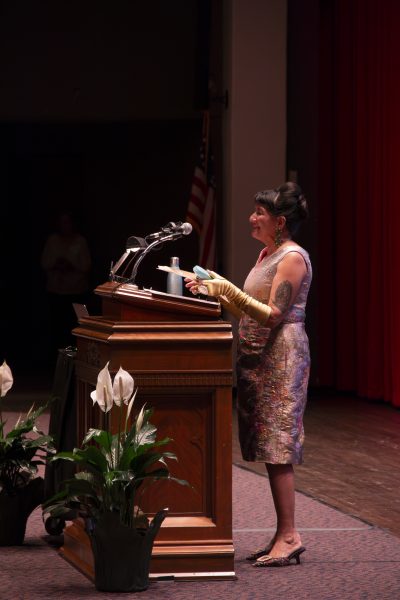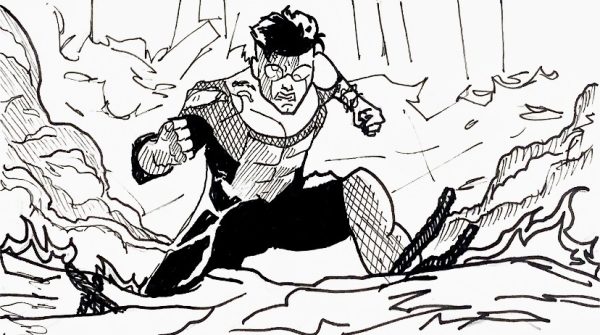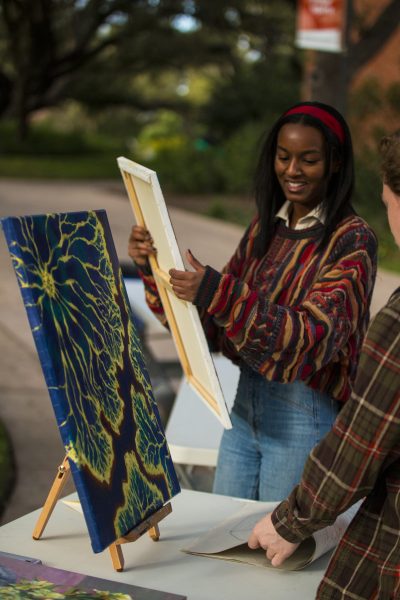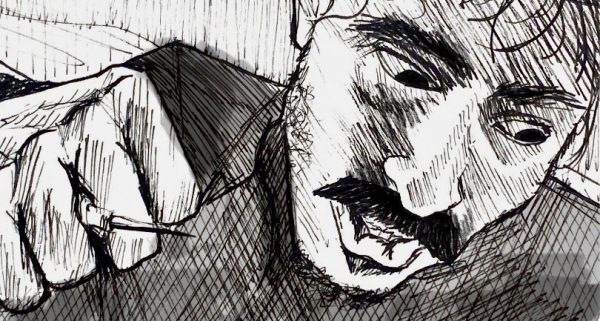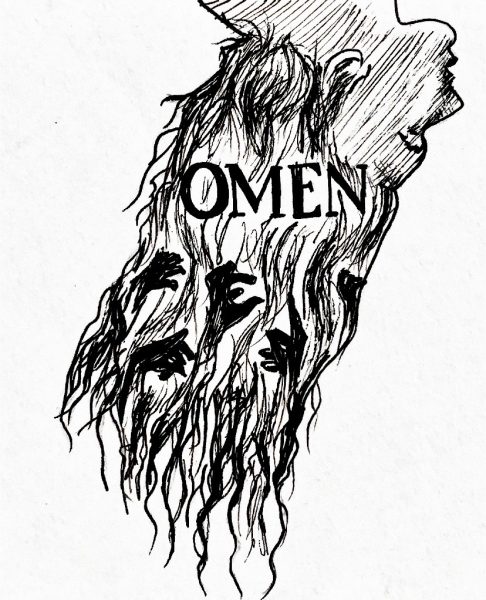The dragons are back in HBO’S “Game of Thrones” prequel
How “House of the Dragon” deals with gender and the reputation GOT has left behind
“House of the Dragon” is the new “Game of Thrones” (“GOT”) spinoff/prequel on HBO. It adapts part of George R.R. Martin’s book “Fire & Blood,” which serves as a history of the Targaryen family, centuries before the events of the rest of Martin’s “A Song of Ice and Fire” series. The show follows the events of the Dance of Dragons, the civil war of succession among the Targaryen family of Westeros.
The show’s ensemble cast includes Paddy Considine (“Dead Man’s Shoes”), Matt Smith (“Doctor Who”), Rhys Ifans (“Elementary”), Emma D’Arcy (“Wanderlust”), Olivia Cooke (“Sound of Metal”), Sonoya Mizuno (“Devs”), Milly Alcock and Emily Carey.
Even though “Game of Thrones” was a cultural phenomenon, I think it’s safe to say that, given the last season of “GOT,” “House of the Dragon” wasn’t exactly primed for success. Thankfully, “House of the Dragon” manages to succeed as a new fantasy show while also retaining the best aspects of the original show. While the show had a pretty iffy pilot, divisive pacing, occasionally poor lighting and a rushed finale, this first season was solid.
The strongest aspect of this season is Paddy Considine’s fantastic performance. He plays King Viserys I over the course of a few decades, and the character goes from being a middle-aged man in good health to a sickly old man missing half of his face. While his show’s makeup does a lot of the heavy lifting, Considine adds plenty of subtleties to his performance throughout the course of the season: his walking gets progressively slower, his hands start to shake as he talks, his speech gets more strained, etc. The character is also the closest thing we get to a noble person or likable human being, so seeing him deteriorate as the rest of his family claws at his throne is extremely depressing.
A negative aspect of the show is that it follows the legacy of “Game of Thrones,” portraying copious amounts of violence toward women. Fans’ reactions to this on social media have been mixed, with most ignoring the nuances of female characters’ experiences and continuing to justify violence committed by their favorite characters.
Prince Daemon Targaryen, King Viserys I’s brother, is a fan favorite on social media, despite his grooming of his teenage niece, committing countless murders and arguably committing war crimes. There are a number of videos on TikTok glamorizing his relationship with his niece using music and edits that romanticize his pursuit of her as purely romantic.
Fans also praise Matt Smith, who plays Daemon Targaryen, for his ability to play a complex character with emotional depth and nuance. Although it is rare to see male characters display a range of emotions as broad as Daemon’s, anger expressed through intimate partner violence is not the type of emotion that should be praised. Even though Daemon’s character is emotionally rich and expressive, it can’t make up for the reality that every one of Daemon’s motivations is laced with his desire for power and domination over others, either through physical control or the threat of physical violence.
In contrast, the character Alicent Hightower has received disapproval from fans. At first, she is best friends with Rhaenyra, but when Alicent “betrays” Rhaenyra to marry King Viserys, Rhaenyra’s father, she is forever cast as the villain in the minds of the fans. However, Alicent is pushed into this marriage by her father and clearly does not want to marry an old man.
Social mobility for women in this universe is non-existent, relegating them to commodities. One of the most heartbreaking moments is a sex scene between a teenage Alicent and the middle-aged King, in which Alicent is clearly not enjoying herself. She’s been forced into this marriage by her politically driven father, but even though she is entrapped she is treated like a villain.
Alicent becomes the main antagonist of the show and her suffering is ignored, just as Daemon’s transgressions are. It seems easier to think of Alicent as the villain rather than a victim, just as it is easier to ignore Daemon’s violence than address it. “House of the Dragon” has fantastic world-building and complex characters with intersecting plot lines, but this doesn’t erase its problematic depiction of violence against women.
There’s a lot to say about “House of the Dragon,” both positive and negative, but, as a whole, this show works well both as a stand-alone show and as a prequel to “Game of Thrones.”
RATING: 7.9/10
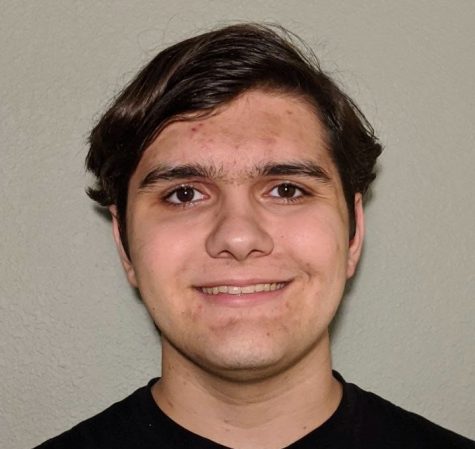
I'm Tony Rodriguez! I'm a junior from San Antonio, TX, majoring in math, and I worked as a copy editor for the Trinitonian about two years ago and am now...

